Garden Hardscaping Timing Guide
Garden hardscaping involves the installation of non-living elements such as patios, walkways, retaining walls, and other structural features that enhance outdoor spaces. Proper timing ensures optimal results, durability, and aesthetic appeal. Understanding seasonal conditions and climate patterns can influence the success of hardscaping projects.
Spring and early fall are generally ideal for garden hardscaping due to moderate temperatures and lower precipitation levels, which facilitate curing and settling.
Avoid installing hardscaping during extreme heat, cold, or heavy rain to prevent material issues and ensure proper setting and adhesion.
Timing should consider soil moisture levels; dry soil in late summer or early fall provides a stable base for construction.
Longer projects may benefit from starting in early spring to complete before the peak of the growing season.
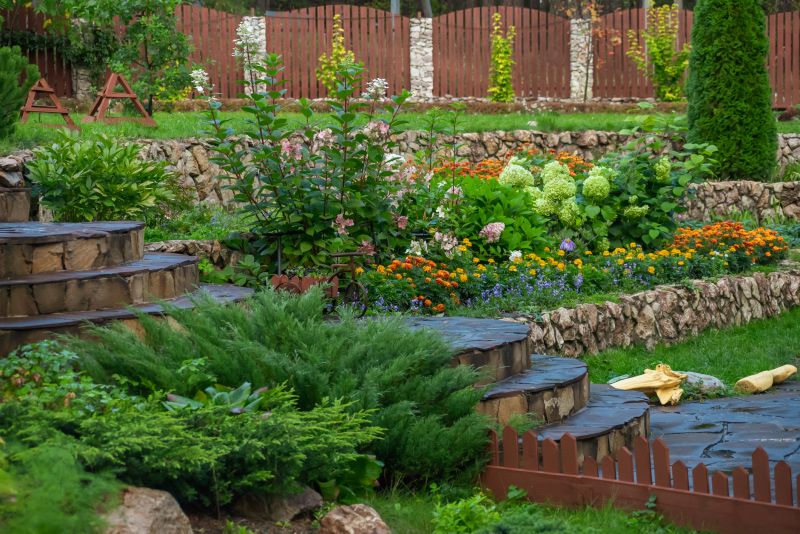
Ways to make Garden Hardscapings work in tight or awkward layouts.

Popular materials for Garden Hardscapings and why they hold up over time.
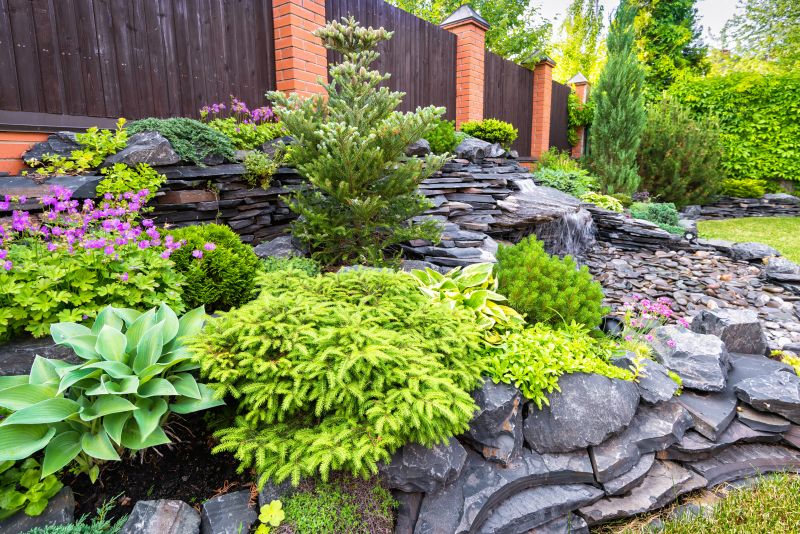
Simple add-ons that improve Garden Hardscapings without blowing the budget.
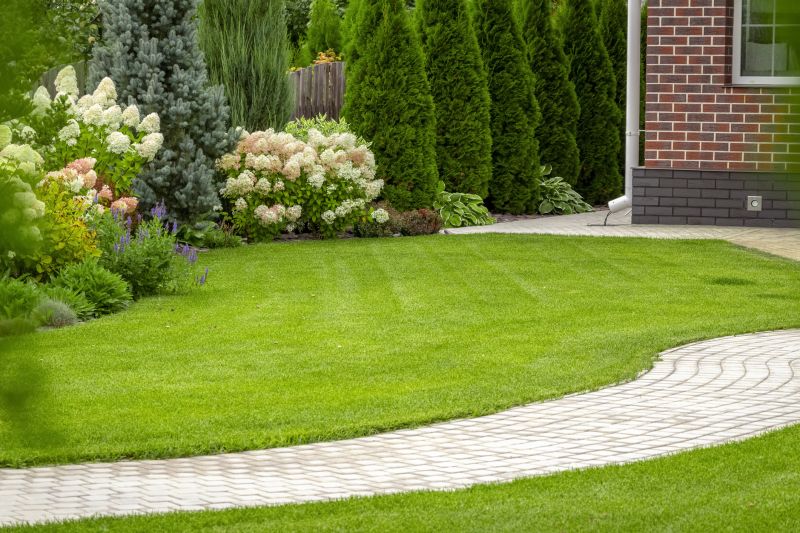
High-end options that actually feel worth it for Garden Hardscapings.
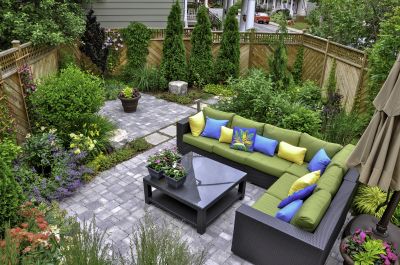
Finishes and colors that play nicely with Garden Hardscapings.

Little measurements that prevent headaches on Garden Hardscapings day.
Garden hardscaping plays a vital role in creating functional and visually appealing outdoor environments. Properly planned installation timing can extend the lifespan of features and reduce maintenance needs. Seasonal factors such as temperature fluctuations, precipitation, and soil conditions directly impact the durability and appearance of hardscape elements.
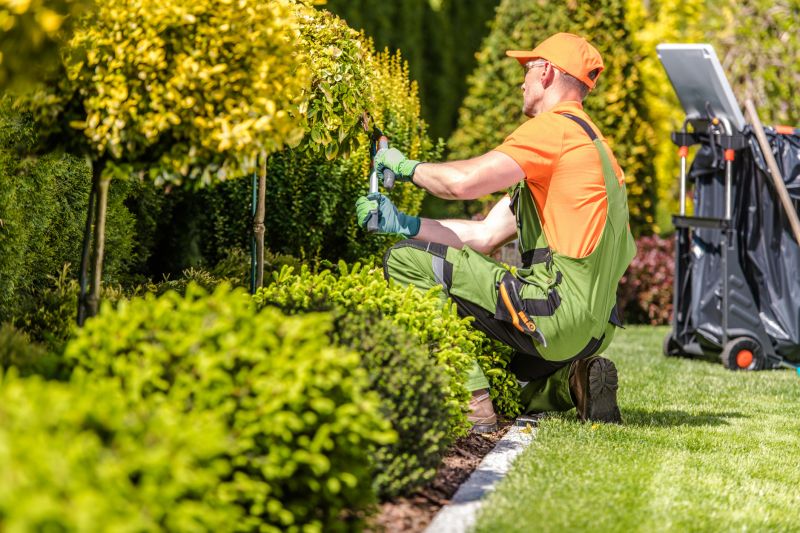
A 60-second routine that keeps Garden Hardscapings looking new.

A frequent mistake in Garden Hardscapings and how to dodge it.

Small tweaks to make Garden Hardscapings safer and easier to use.
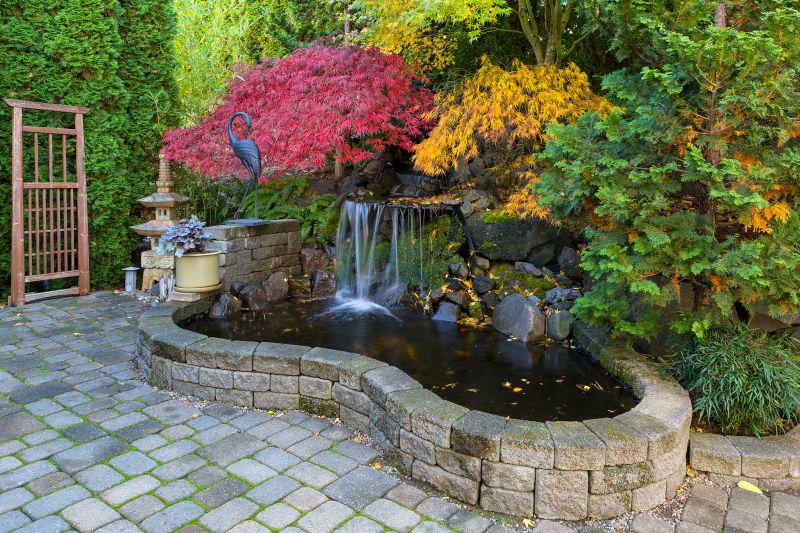
Lower-waste or water-saving choices for Garden Hardscapings.
| Season | Best Practices |
|---|---|
| Spring | Start after the last frost, when soil is workable and temperatures are moderate. |
| Summer | Ideal for ongoing projects, avoid peak heat hours, and ensure proper hydration. |
| Fall | Begin early to allow settling before winter, with mild temperatures and dry soil. |
| Winter | Limited to cold regions; only for indoor or protected installations. |
| Late Season | Consider for projects that can be completed before adverse weather. |
| Early Season | Plan ahead to take advantage of favorable conditions. |
Choosing the right time for garden hardscaping depends on local climate, project scope, and material considerations. Proper planning and seasonal awareness can lead to durable and attractive outdoor features that enhance the usability and beauty of outdoor spaces.

The short, realistic tool list for quality Garden Hardscapings.
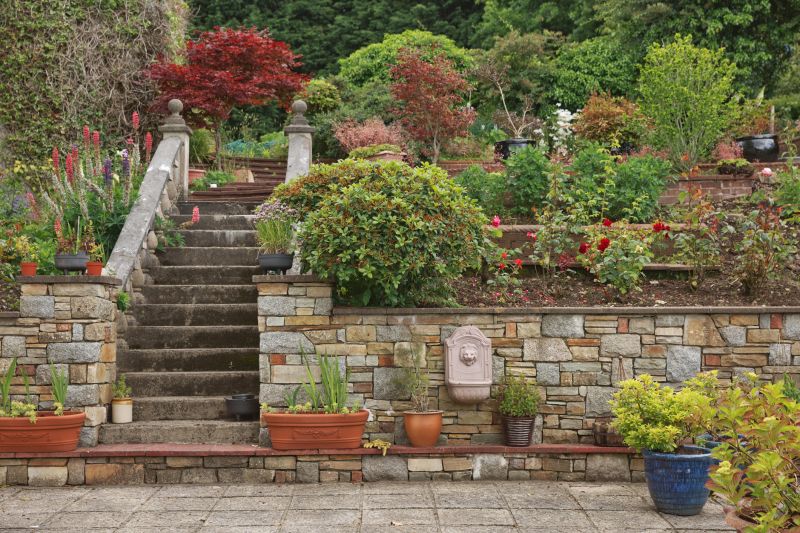
Rough timing from prep to clean-up for Garden Hardscapings.

Quick checks and paperwork to keep after Garden Hardscapings.

Examples that show the impact a good Garden Hardscapings can make.
Interested in enhancing outdoor spaces with garden hardscaping? Filling out the contact form can provide more information and help plan a project suited to specific preferences and local conditions.
